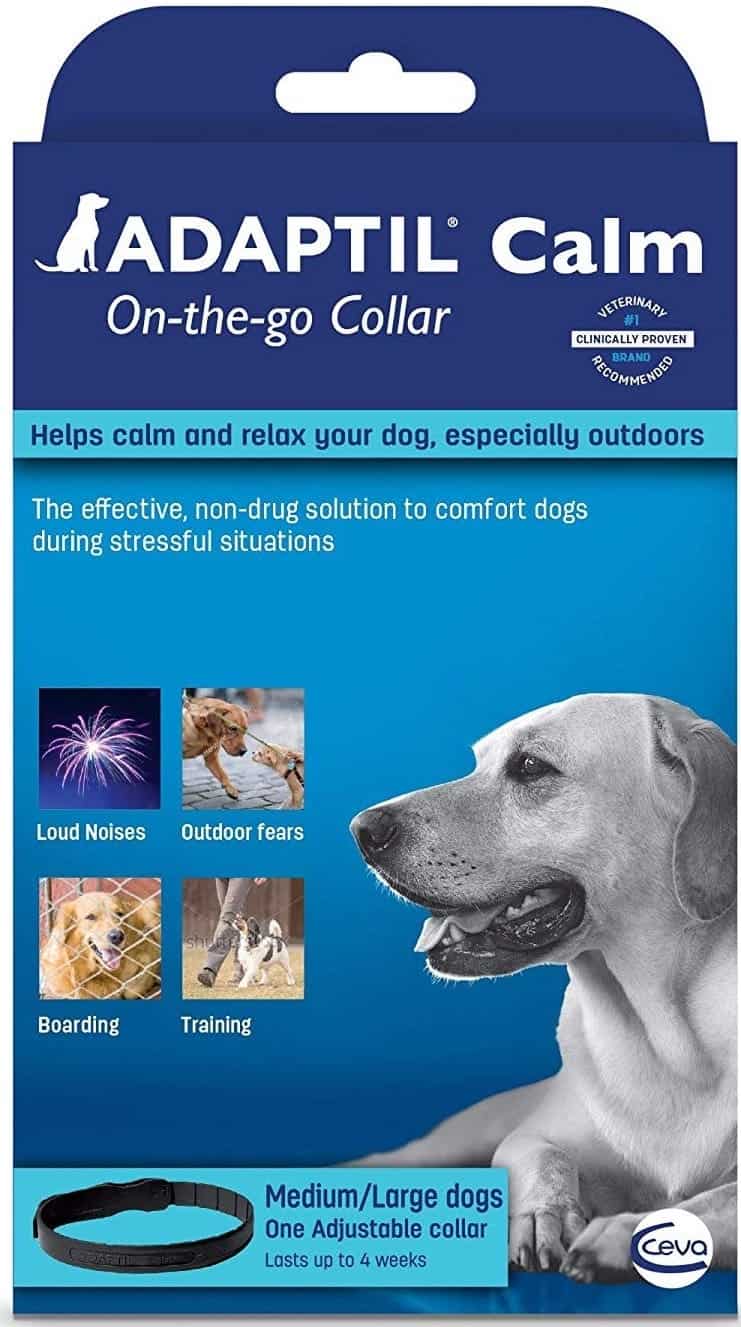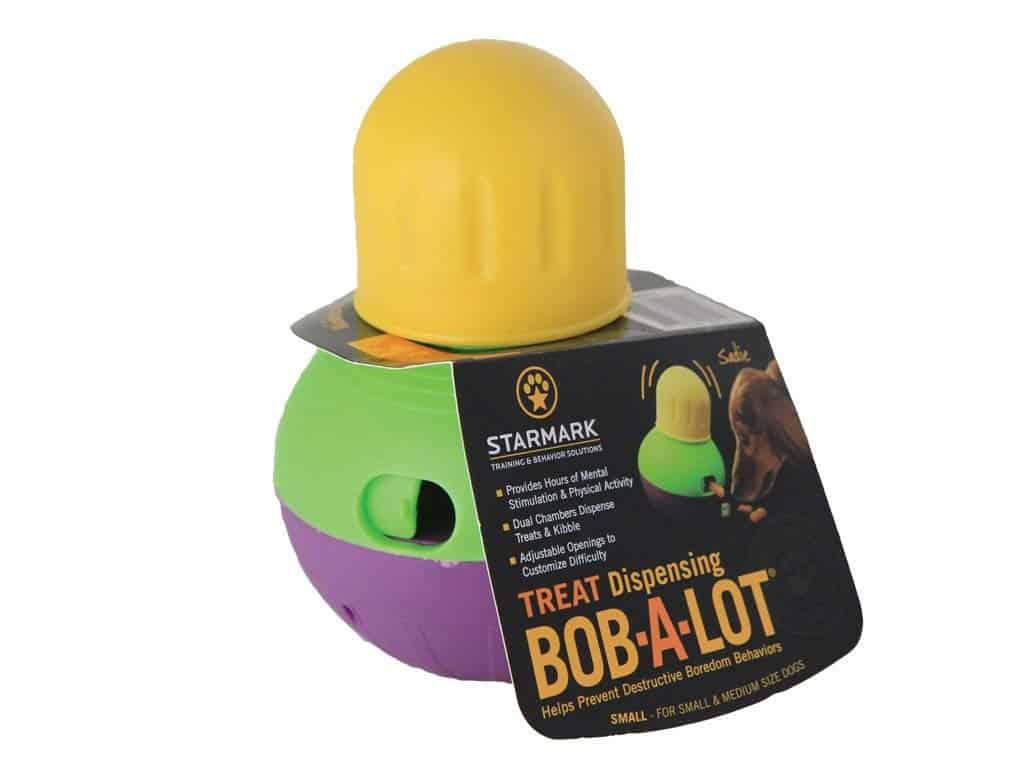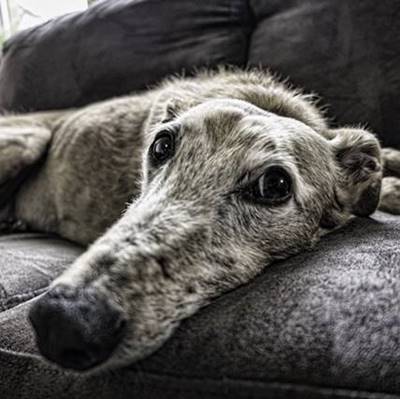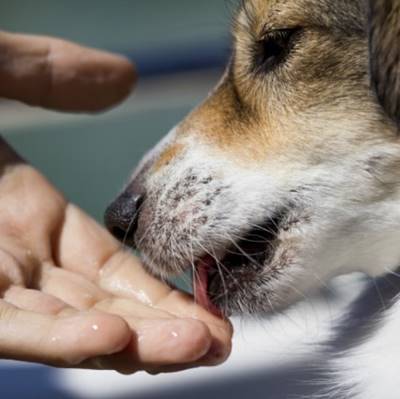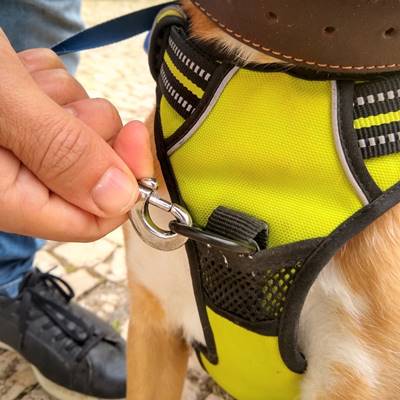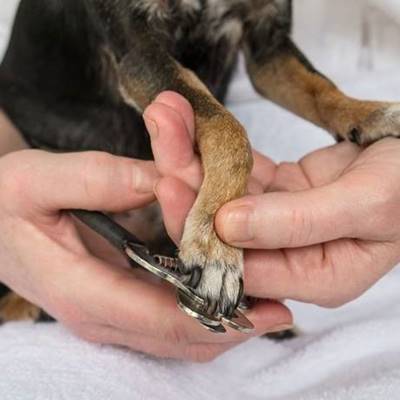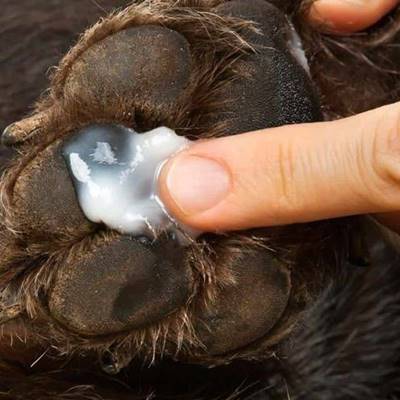How to Train Your Dog to Ignore Other Dogs on Walks
by mylifewithpets | Last updated on October 26, 2021
Some of the links bellow are affiliate links, meaning, at no additional cost to you, we'll receive a commission if you click through and make a purchase.
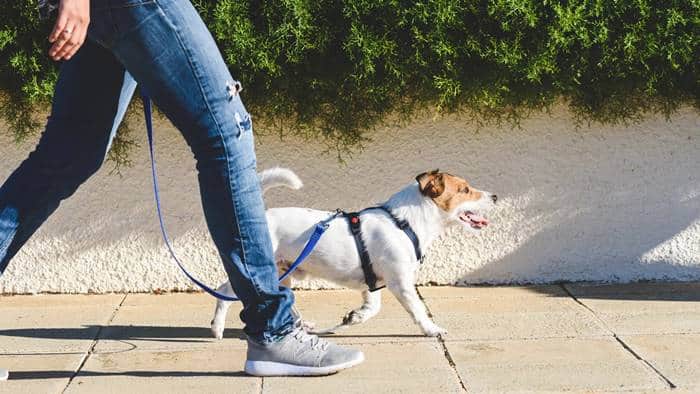
There is no way to keep your dog entirely away from other dogs without seriously compromising his quality of life.
But a lot of families face the challenge of having a dog that’s very reactive to other dogs.
This is a serious issue, regardless of your dog’s age or size, that may lead to injuries to both your dog and other dogs as well as to yourself, in an attempt to protect your dog.
It’s our jobs as dog parents to train our dogs to be social beings, from the first moment they join our family and we’re about to let you know exactly what you need to do.
Why It’s Important to Train Your Dog to Ignore Other Dogs
We’ve mentioned the most important reason: having a dog that reacts aggressively to other dogs is a serious safety issue.
Dogs may get hurt and so may their humans, not to mention the legal and financial issues that may ensue.
But it’s also something that can cause a strain in your relationship with your dog.
Walks should be a very special time with your dog, a bonding opportunity that is meant to be relaxing, happy time together.
When you have a dog that you know will be aggressive towards other dogs, the idea of having to walk your dog causes anxiety and all sorts of negative feelings that are the exact opposite of what you should be feeling.
If this is an issue you’re facing with your dog, you need to sort it out. Now.
Why Your Dog Reacts to Other Dogs
There are a few possible explanations as to why your dog reacts aggressively to other dogs.
Maybe it’s fear.
Called defensive aggression, when dogs are frightened, their instinctive reply is to attack or at least to show aggression to stop other dogs from attacking.
For protection.
Your dog feels like he needs to protect you from other dogs.
Or maybe you feel a bit anxious when walking your dog, he picks up on that and immediately feels the need to act.
It may be due to barrier frustration.
Is your dog reactive only when he’s on leash? Or looking at other dog’s through the window or a fence?
Some dogs will ignore other dogs when they’re off leash but become really reactive when they encounter dogs on leash.
Or maybe your dog doesn’t know any better.
Dogs that aren’t properly socialized simply don’t know how to behave around other dogs and just don’t know what to make of them.
This alone is enough to make the other dogs a bit suspicious of him and the energy between them does the rest.
Is My Dog Too Old to Stop?
There’s a reason why dogs usually begin their training as puppies.
However, it’s never too late to teach your dog anything, it just might require a bit more time and patience to get there.
We’ve had many issues with our dogs, due to lack of training, trauma, bad practices, etc.
And there was a time where we felt hopeless about solving those issues, particularly as they grew older.
How Dogs Learn
We believe that training an animal to do whatever you require of him is, first and foremost, a matter of understanding how his brain works.
Only when you know how a dog learns can you train him effectively in a way that he will acquire that knowledge and never forget it again.
We struggled a lot with training our dogs, we thought that, just because each had a different personality, we’d never be able to teach them in the same way.
As far as training your dog to ignore other dogs, you don’t just want your dog to learn how to behave a certain way in a certain situation.
You need to train your dog to have self-control over his impulses at any situation and this is something that doesn’t come natural to him.
Luckily, we were able to find a certified dog trainer who’s developed a training method that really works.
By doing her online dog training course, we were able to learn how to train our dogs in a positive, lasting way that completely changed our family dynamics and increased our overall bond with our dogs.
7 Tips to Teach Your Dog to Ignore Other Dogs on Walks
Here we go, it’s time to know all you need to train your dog to ignore other dogs.
By ignoring, we don’t mean having your dog not care about other dogs. We mean not be aggressive towards other dogs.
Playing and spending time with other dogs, if he wants it, is important for your dog’s balance.
Tip 1 – Be Consistent With Your Rules And Training
As for any training, consistency is key.
Dogs are experts at finding loopholes, meaning all it takes is for you to give in or do things differently once for your dog to go back into old behaviors.
In this particular case, if you want to have a calm, relaxed dog, you need to make sure you interact with him with that goal in mind every single day.
And, once you get your dog to ignore other dogs and your goal is complete, remember, keep doing it the exact same way. Forever.
Tip 2 – Never Punish Your Dog
We strongly believe the only way to train a dog if through positive reinforcement.
This is particularly true when you’re trying to diffuse aggression.
Punishing your dog, hitting him or even scolding him will only add to his negative feeling about the situation, which is the exact opposite of what you want.
You want to reward good behavior, not punish unwanted reactions.
Pick your dog’s favorite treats to reward him and keep him motivated during training.
If your dog doesn’t particularly respond to treats, use his favorite toy (tennis ball, maybe?) whatever works for him and keeps him motivated and focused on you.
Tip 3 – Be Mindful Of Your Own Energy
We know that having a reactive dog is stressful but what most dog parents don’t realize is that sometimes they make the situation worse.
We’ve seen situations where the dog will be perfectly relaxed and distracted only to get anxious when the human sees or hears another dog and gets nervous about it.
Worse even, when the human is feeling nervous and unwittingly pulls on the lead or places pressure on it, causing the dog to get on high alert.
Don’t dwell on the past, every day is a new day with a new opportunity to change the way your dog reacts.
Work with your dog, expect the best outcome, take a deep breath and go on that walk.
Tip 4 – Be His Rock
While we’re at it, if you’re dog is reacting out of fear of insecurity, the bond the two of you share can make all the difference in the outcome of your training.
Because he’ll feel safer just because you are by his side.
Actually, if you think about it, a dog that has a tight bond with his human will do better at training than a dog who isn’t particularly attached.
Because if your dog is close to you, as our canine best friends should be, he’ll want to please you and do what he can to make you proud of him.
So before you do anything, spend some quality time with your dog and work on that bond, particularly if he’s new to your family.
Tip 5 – Keep Your Dog Calm At All Times
We first heard of the Adaptil range from our vet when we talked to him about our older dog’s anxiety. He suggested we got him a calming collar for him to wear at all times.
After a couple of weeks, we noticed he was more relaxed, and less reactive to the other dogs and the noises that used to frighten him.
The calming collar is particularly effective during walks or at the dog park.
This collar was a great ally while we worked with our dog in ending his aggression towards other dogs.
Tip 6 – Keep Him Tired
By this we mean his body and his mind.
Nothing makes a dog more nervous than boredom or pent up energy.
Take the time to walk your dog properly and to exercise him frequently so he’ll burn his energy and stay relaxed.
Get your dog interactive puzzles and toys to keep his mind busy, particularly when he’s home alone.
Our dogs are foodies, so nothing interests them quite as something food-related, like this interactive puzzle.
Whenever we bring this contraption out, filled with tasty treats, nothing will exist for them in the next 20 to 30 minutes, which means it does exactly what it’s supposed to.
Tip 7 – Ease Your Dog Into It
Training your dog to ignore other dogs is a process.
The time it takes for you to see results depends on the dog and on how patient you’re being about it.
Rushing can make it worse.
Using plenty of treats or toys, walk your dog making sure you’re calm and your grip on the leash is relaxed.
As soon as you spot a dog, make sure to keep calm and wait until your dog spots him at a distance.
Before he reacts, reward him with the treats or toys. The idea here is to have your dog associate good things with the presence of other dogs.
You can also take the opportunity to associate a command to it, something that will make him stop focusing on the other dog and focus on you instead.
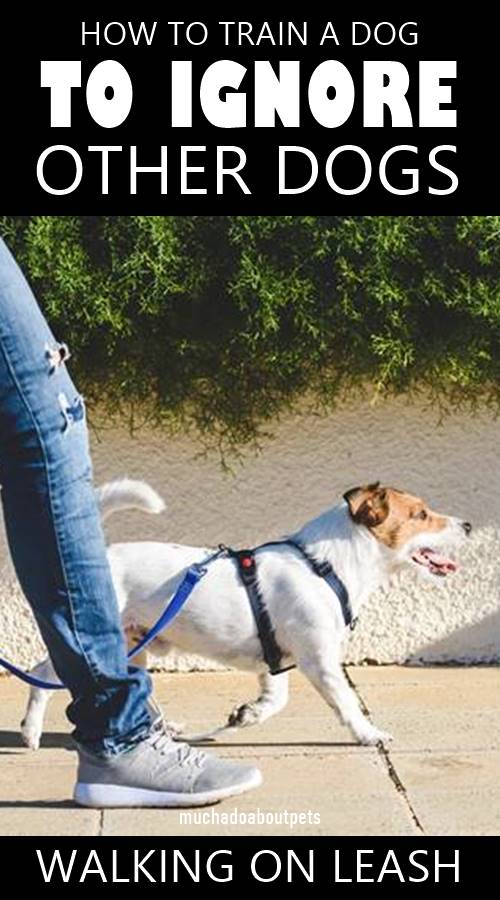
*Please share it with your friends!
Recommended Reading

